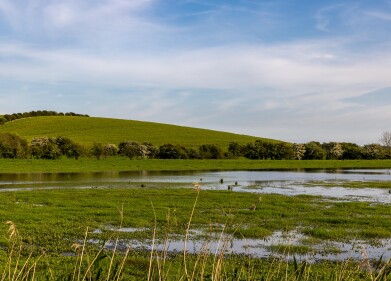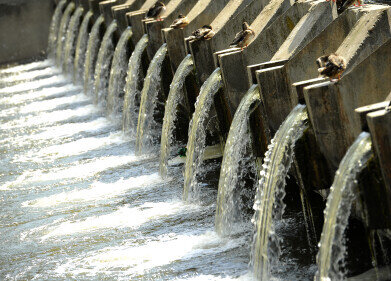River Water monitoring
Can Mussels Reduce Water Pollution?
Nov 05 2019
Mussels are highly regarded as a culinary delicacy among seafood lovers the world over, but these tiny creatures can serve another, more environmentally-minded purpose, as well. To survive, mussels pump and filter water to breathe and take in phytoplankton, upon which they feed. At the same time, they absorb pollutants from the water, such as phosphates, nitrates and microplastics.
While the water that’s taken in is allowed to leave through their gills, almost everything else is retained inside and accumulates. As such, they effectively act as both monitors and filters for the water, removing the harmful pollutants, serving as a gauge to contamination levels in their vicinity and working to clean up the water at the same time.
Effective indicators
Both mussels and oysters have long been used by the scientific community as a barometer for water purity in rivers, lakes and oceans. The importance of effective monitoring – especially in areas where natural flood management is a priority – should not be underestimated when it comes to gaining a comprehensive understanding of the concentration of contaminants and the dangers they pose.
The most common contaminants that are sucked up by the mussels are fertilisers like phosphate and nitrates, which are instrumental in increasing crop yields but can play havoc with marine ecosystems. That’s because they encourage the growth of algal blooms, which starve the water of oxygen and block out sunlight, inhibiting the survival of other organisms in the area. Thankfully, mussels also feed on that algae, thus reversing the process of eutrophication. Other pollutants that mussels are adept at removing from the water include E. coli bacteria and microplastics, especially bisphenol A and phthalates.
Cleansing agents?
While mussels are regularly used to test the waters in such locations as the Thames River in London and the Elbe and Seine Rivers in Central and Eastern Europe, they’re not yet used to cleanse the water with much frequency. However, their ability to combat eutrophication has made them a subject of interest in the Baltic countries, where a pilot project is already underway.
After removing the algae from the water, the mussels are harvested to use as feed for livestock, chicken and fish. While still safe for human consumption, the Scandinavians behind the project believe that the species of mussels they are using is too small to be desirable to a human palate, which is why they’re used as animal fodder instead. The study is still in its early stages, but if successful, could provide a glimpse into the future of water quality management.
To eat or not to eat?
Mussels used to aid in battling eutrophication and absorb algae can still be consumed after they have done their job, as can those which take in E. coli, since it’s excreted as mucus. However, the jury is still out on whether it’s safe to eat mussels which have absorbed other contaminants, such as microplastics.
A 2018 study revealed that mussels collected from British coastlines and those found in British supermarkets contained approximately 70 fragments of plastic for every 100g sampled. While that might sound like a lot, the actual ramifications of ingesting microplastics on human health are unknown and even marine biologists admit to still eating them despite the potential risks.
Digital Edition
AET 28.4 Oct/Nov 2024
November 2024
Gas Detection - Go from lagging to leading: why investment in gas detection makes sense Air Monitoring - Swirl and vortex meters will aid green hydrogen production - Beyond the Stack: Emi...
View all digital editions
Events
Jan 12 2025 Abu Dhabi, UAE
Jan 14 2025 Abu Dhabi, UAE
Jan 20 2025 San Diego, CA, USA
Carrefour des Gestions Locales de L'eau
Jan 22 2025 Rennes, France
Safety, Health & Wellbeing LIVE
Jan 22 2025 Manchester, UK

-min.jpg)

















